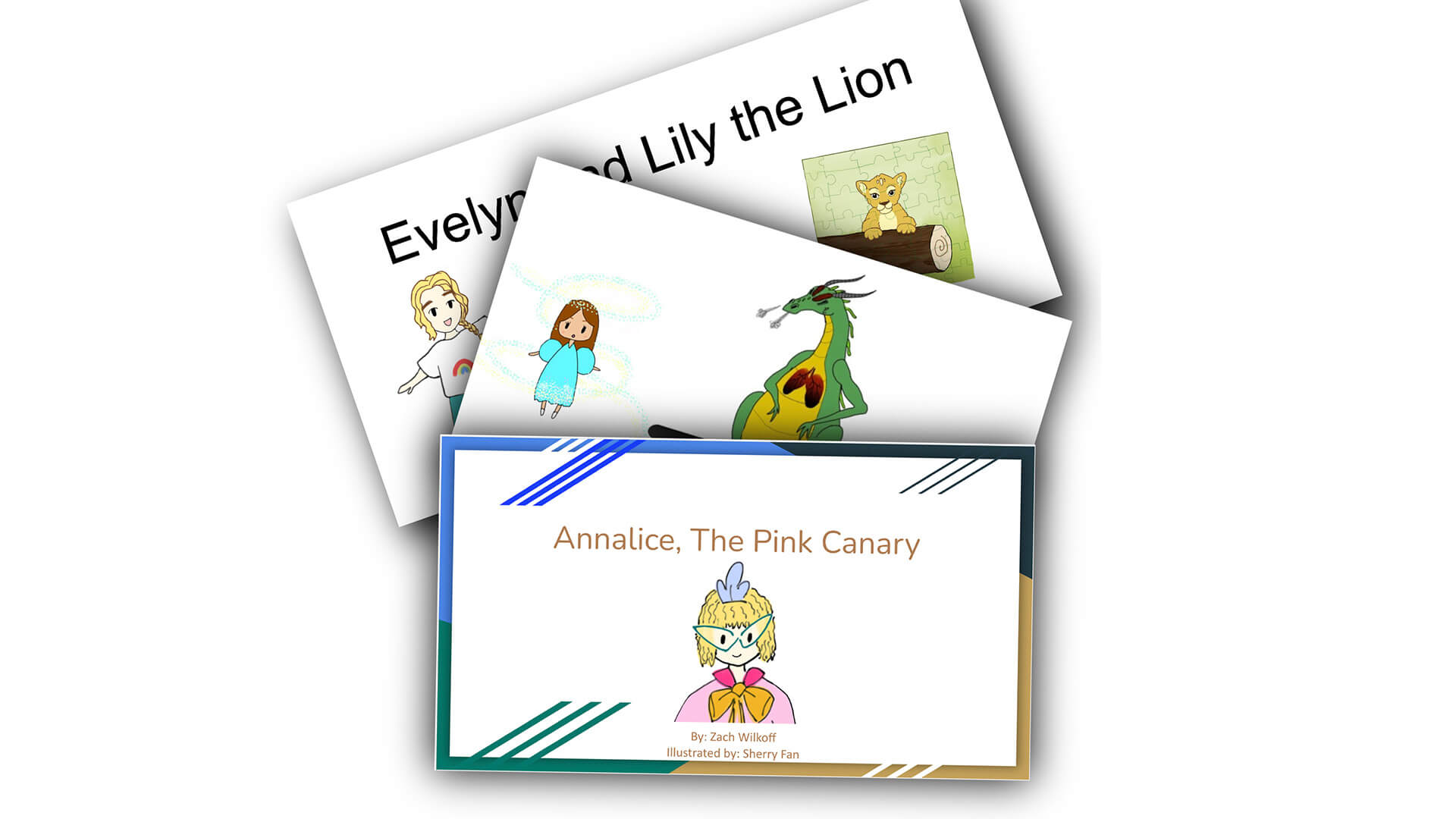- February 25, 2021
- By Kimbra Cutlip
Sherry Fan is a doodler. Whenever something in one of her classes captivates her imagination, the senior dual-degree student in biological sciences and nutrition and food science can’t help but draw it on her iPad—illustrations and little animations to convey the complex science she’s learning.
Sometimes she creates for her own enjoyment, and sometimes to help others—like whimsical animated GIFs to help clarify physical processes for other students.
“Because I find biology so vivid and beautiful, whenever I learn something really fascinating about science, I can't help but want to draw it,” Fan said. “I’m always trying to think of creative ways to depict whatever I've learned.”
Last month, Fan’s compulsion landed her work in a scientific journal, illustrating a paper about a process called “frameshifting” in coronaviruses by Professor Jonathan Dinman, chair of the Department of Cell Biology and Molecular Genetics.
The collaboration came about by accident. In October, Fan had participated in a global art challenge called Inktober, where artists post one original work based on a specific prompt for each day of the month.
“On about day 12, the prompt was ‘slippery,’” Fan said, “and because I was taking virology, all I could think about was ribosomal frameshifting.”
This process, in which the genetic code-reading machinery in viruses skips a letter of code and switches from making one type of protein to another, is probably not what comes to mind for most of us, but biologists refer to the process as “slipping.” Fan shared the resulting illustration with her virology course instructor, who forwarded it to Dinman, an expert on ribosomal frameshifting.
“I was immediately struck by how Sherry was able to convey the whole story in a single panel by a minimum of lines and bold colors to convey a sense of playful movement,” Dinman said. “It is a perfect example of the power of a well-executed cartoon.”
Dinman asked her to modify the illustration specifically for coronavirus, so Fan adjusted a sequence of letters to depict the correct RNA code and added a three-pronged, knot-like structure unique to that group of viruses. Then, in January, Fan’s illustration accompanied Dinman’s article in the journal Virology.
Although she had never been published for a global audience before, Fan is accustomed to using her talent to help put across complex concepts. As a teaching assistant for genetics, principles of organismal biology and mammalian physiology courses, her doodles help convey the lessons in an engaging way. A whimsical animation of a cat carrying a fish through a gate, for instance, clarifies a process called nuclear transport, in which molecules move through pores in the membrane of a cell’s nucleus.
“Usually when I see biochemistry or cell biology animations, it's just one protein blob interacting with another protein blob,” Fan said. “But I find that when I use two cartoon characters, it can make the topic a lot more appealing to more people.”
 The characters don’t always have to convey science lessons, either. As part of the student volunteer organization Gift to Uplift, she illustrated three personalized storybooks for sick children who were participating in medical studies at the National Institutes of Health.
The characters don’t always have to convey science lessons, either. As part of the student volunteer organization Gift to Uplift, she illustrated three personalized storybooks for sick children who were participating in medical studies at the National Institutes of Health.
After she graduates in May, Fan plans to earn an M.D. and a Ph.D. in biochemistry, then to practice medicine as well as do scientific research, and believes her artistic talent can help her both connect with patients and communicate her scientific results.
“I really want to help them understand whatever illness they're going through or whatever procedure they might experience,” Fan said. “And on the research end, it's really important for me to be able to share my findings with everyone. I think art will really help me to do that.”
